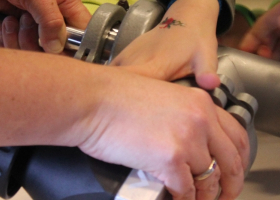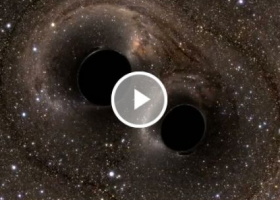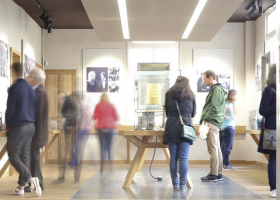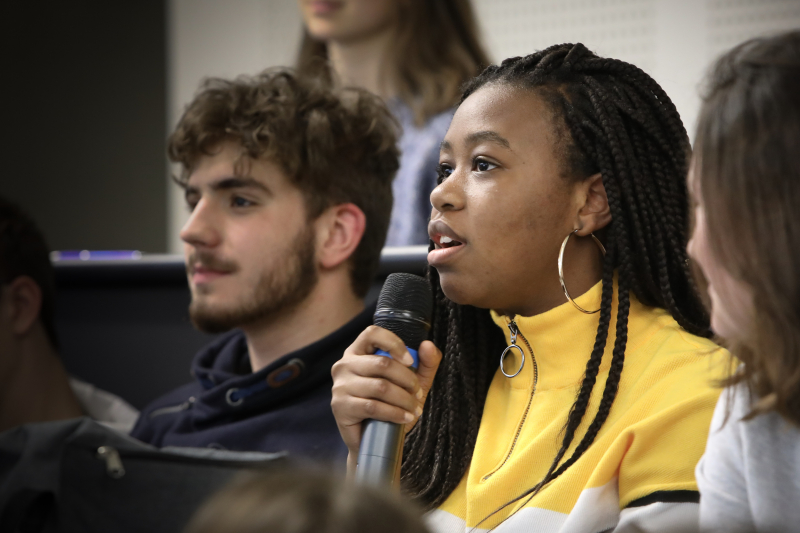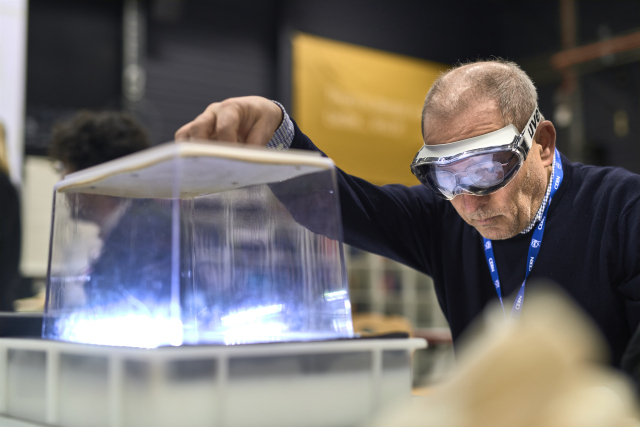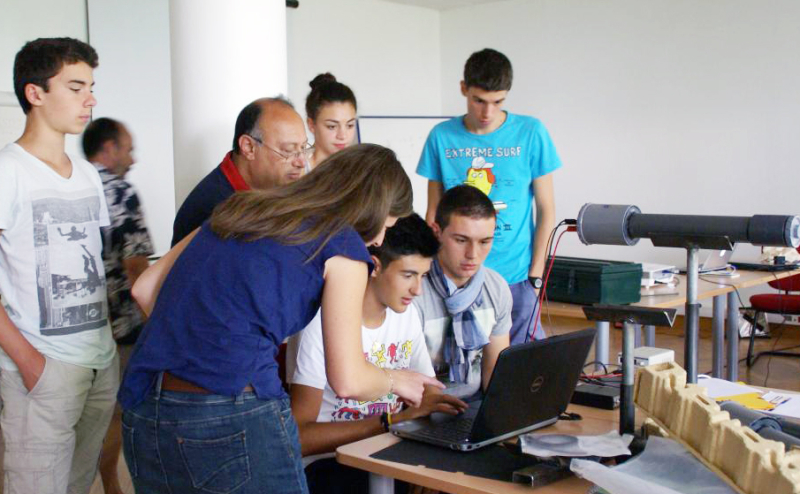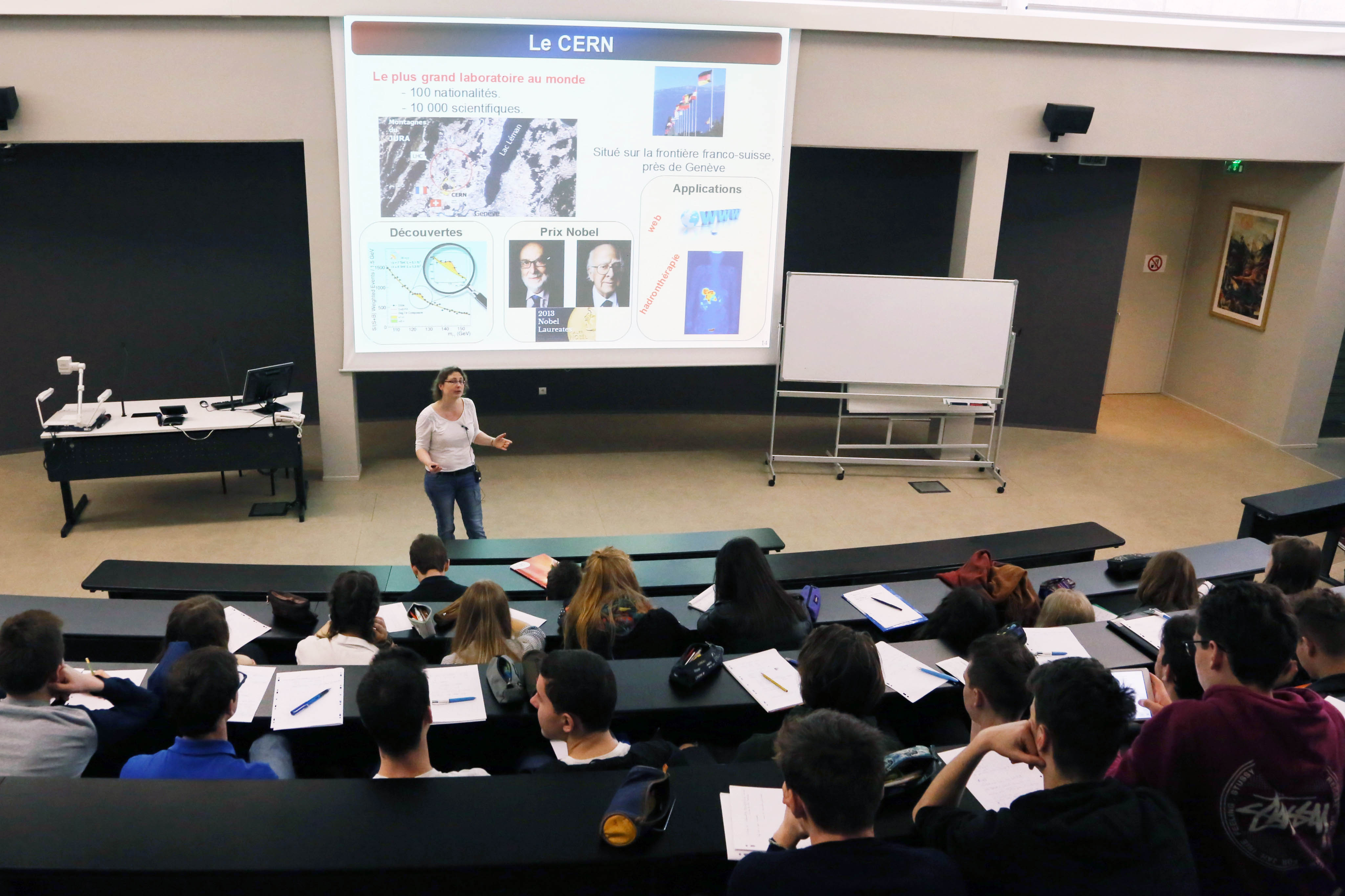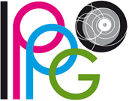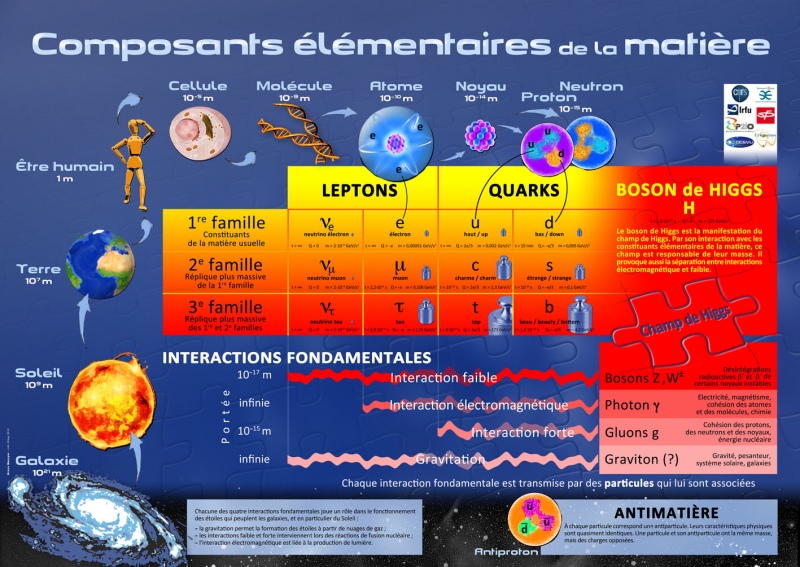WEB SITES
- laradioactivite.eu website: The various applications of radioactivity and nuclear reactions in everyday life, in the doctor's office, in museums, in laboratories and in industry are presented. Four levels of reading to interest both the less informed and more enlightened visitors are provided. Websites in French (laradiactivite.com) and English (laradioactivite.eu).
- lhc-france.fr website: This is a French-language site entirely devoted to CERN's LHC project. All the aspects of this titanic achievement are illustrated with animations, videos and photos. The scientific issues, the challenges of the accelerator, the detectors, the computing grid, the human adventure and the important place of France in this worldwide enterprise are found here. A CNRS and CEA website.
- GANIL General Public website: Discover the main research themes developed at the Grand accélérateur national d'ions lourds, the instruments used or how a nuclear physics experiment is conducted.
- CERN Science pages: These provide scientific explanations about the constitution of matter, on the operation and interest of particle accelerators, a presentation of CERN accelerators and many photos.
- CERN 360 Experiment: This website offers a journey to the heart of the world's largest scientific laboratory. Through a 360°-panoramic immersion into CERN, discover numerous videos and the portraits of 60 people from all walks of life who have an emotional or professional link to CERN.
- Dark matter web documentary: This immersive and general public web documentary was the fruit of the collaboration between several French research laboratories. Discover what the scientific community knows and does not know about the fascinating unknown dark matter!
